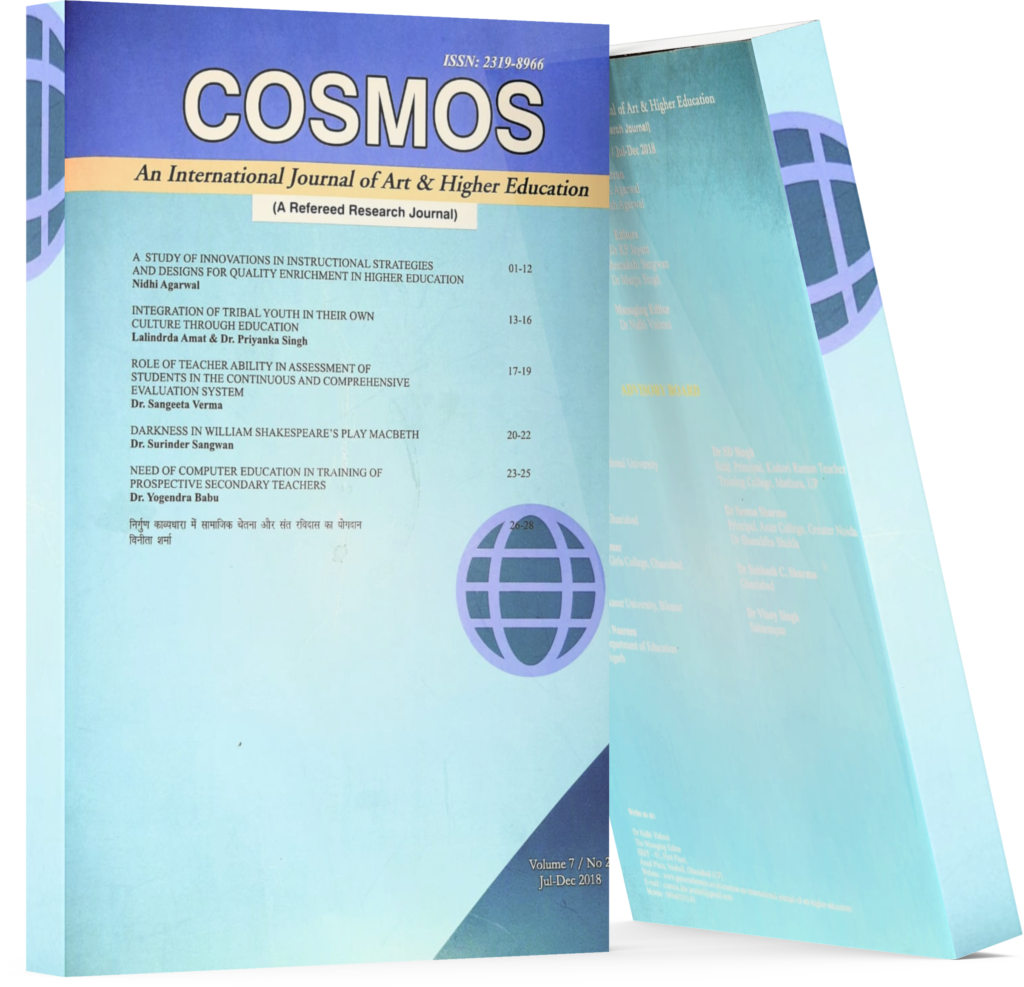Evaluation Of Chinese Cultural Aphasia Based On Intercultural Awareness Reflected In The Reading Materials Of Higher Vocational English Textbook
Keywords:
Chinese Cultural Aphasia, Intercultural Awareness, Higher vocational English TextbookAbstract
“Chinese cultural aphasia” in English education has been emphasized in China in the recent years. Evaluation of Chinese cultural aphasia in higher vocational English textbook in this research will be implemented by analyzing the intercultural awareness reflected in the textbook’s reading materials. The eleven steps of content analysis designed by Cohen et al. (2007) has been utilized in this research [4]. The coding system was adapted from the elements of intercultural awareness constructed by Baker (2012) [2]. ATLAS.ti 9 was used to code the text and illustrations in the textbook. Relevance sampling will be applied to code the reflected three levels of intercultural awareness in the higher vocational English textbook’s reading materials for the evaluation of Chinese cultural aphasia. As for the reliability, analysis result of the Krippendroff’s alpha equals 0.921 in the ATLAS.ti 9 which means the inter-coder agreement of this research is highly reliable. Based on the analyzing results, all the three levels of intercultural awareness are reflected in the reading materials of the representative higher vocational English textbook. However, the findings show that Chinese cultural aphasia still exist in all the three levels of intercultural awareness reflecting Chinese culture in the reading materials of the textbook.
Downloads
References
Baker, W. (2011). Intercultural awareness: Modelling an understanding of cultures in intercultural communication through English as a lingua franca. Language and intercultural communication, 11(3), 197-214.
Baker, W. (2012). From cultural awareness to intercultural awareness: Culture in ELT. ELT Journal, 66(1), 62-70.
Baldwin, J. R., Faulkner, S. L., Hecht, M. L. & Lindsley, S. L. (Eds.). (2006). Redefining culture: Perspectives across the disciplines. Routledge.
Cohen, L., Manion, L. & Morrison, K. (2007). Research methods in education. Routledge (6th ed.).
Chui, R. & Mohammed, L. A. (2022). Trends of Higher-Vocational English Teaching Modes in China-Based on The Visualization of Cite Space. International Journal of Emerging Issues in Social Science, Arts and Humanities (IJEISSAH), 1(1), 19-33.
Collier, M. J. & Thomas, M. (1988). Cultural identity: An interpretive perspective. In Y. Y. Kim & W. B. Gudykunst (Eds.), Theories in intercultural communication (International and Intercultural Communication Annual, 12, 99- 120. Newbury Park, CA: Sage.
Cong, C. (2000). Chinese Culture Aphasia: Limitations of English Education in China. Guangming Newspaper, October 19, C01.
Holsti, O. R. (1968). Content analysis. The Handbook of Social Psychology, 2, 596-692. 9. Herzberg, F., Mausner, B. & Snyderman, B. B. (1993). The motivation to work: With a new introduction by Frederick Herzberg. New Brunswick: NJ Transaction Publisher, cop. 10. Hoyt, C., Jr. (2012). The pedagogy of the meaning of racism: Reconciling a discordant discourse. Social Work, 57, 225-254.
Krippendorff, K. (2004). Content analysis: an introduction to its methodology (2nd ed.). Sage Publications.
Mouter, N. & Vonk Noordegraaf, D. M. (2012). Intercoder reliability for qualitative research: You win some, but do you lose some as well?. In Proceedings of the 12th TRAIL congress, 30- 31 Oktober 2012, Rotterdam, Nederland. TRAIL Research School.
Sun, J. F. (2021). The absence and cultivation path of students' cross - cultural awareness in Higher Vocational English teaching. Overseas English, 17, 143-144.
Wen, Q. F. & Zhang, H. (2021). Explanation of English curriculum standard for Junior College of Higher Vocational Education (2021 Edition) - development background, process and characteristics. Chinese Foreign Languages, 05, 4-11.
Zhang, L. (2020). An investigation and analysis of the current situation of ' Chinese cultural aphasia ' of higher vocational students from the perspective of cross-cultural perspective - Taking Guangdong A Higher Vocational College as an example. Journal of Guangdong Industrial Technical College, 02, 59-64.
Zhang, Y. Y. (2019). An Analysis of ' Chinese Cultural Aphasia ' in Higher Vocational Public English Teaching. The Guide of Science & Education, 30, 144-146.
Zhang, H. & Li, X. N. (2022). Cultural representation in senior high school English textbooks, Foreign Language Education in China, 04, 42-52 + 92.
Zhao, L. Y. (2020). A comparative study of senior high school English textbooks based on the cultivation of cross-cultural awareness [Master's thesis, Changchun Normal University]
https://kns.cnki.net/KCMS/detail/detail.aspx?d bname=CMFD202002&filename=1020639388 .n

